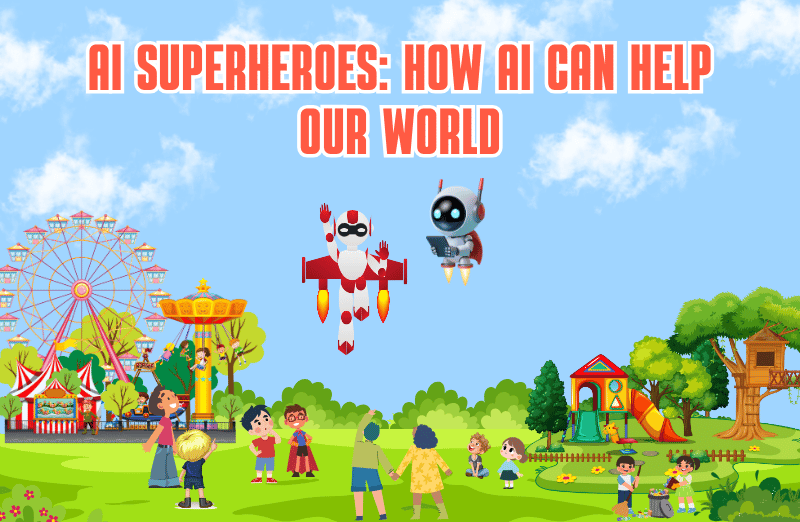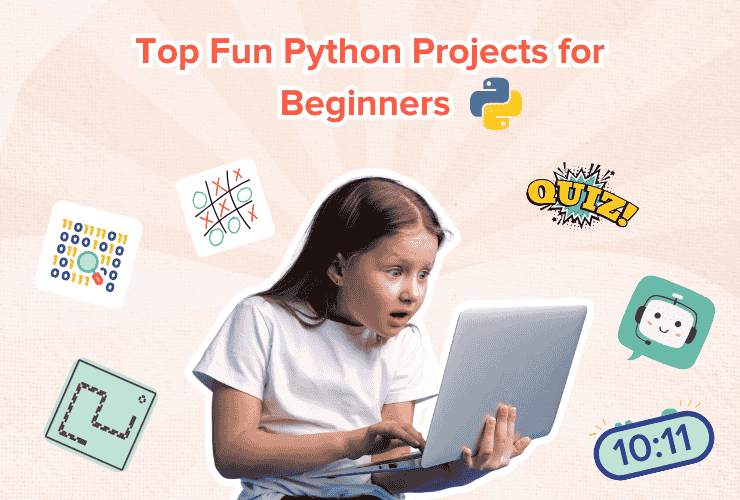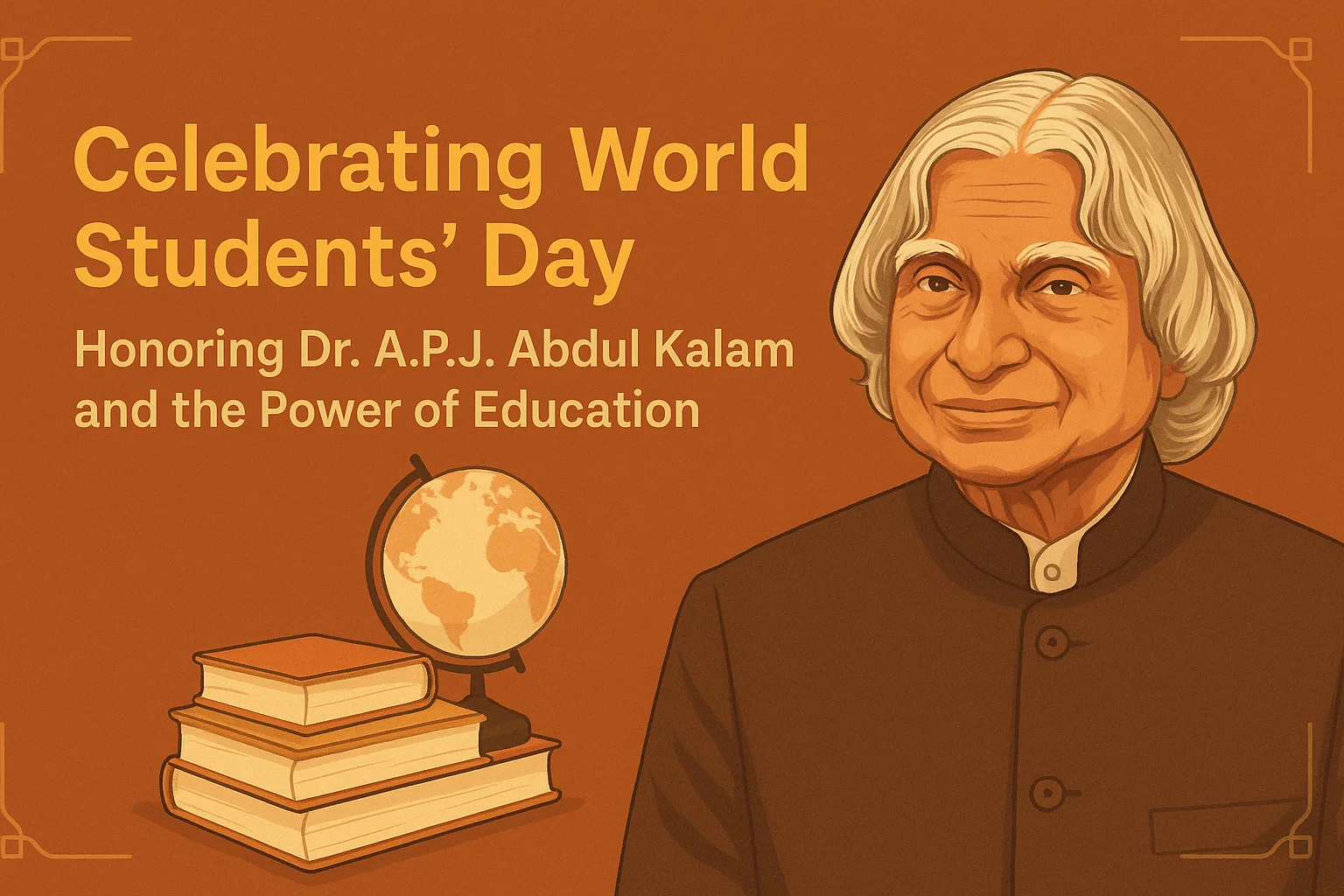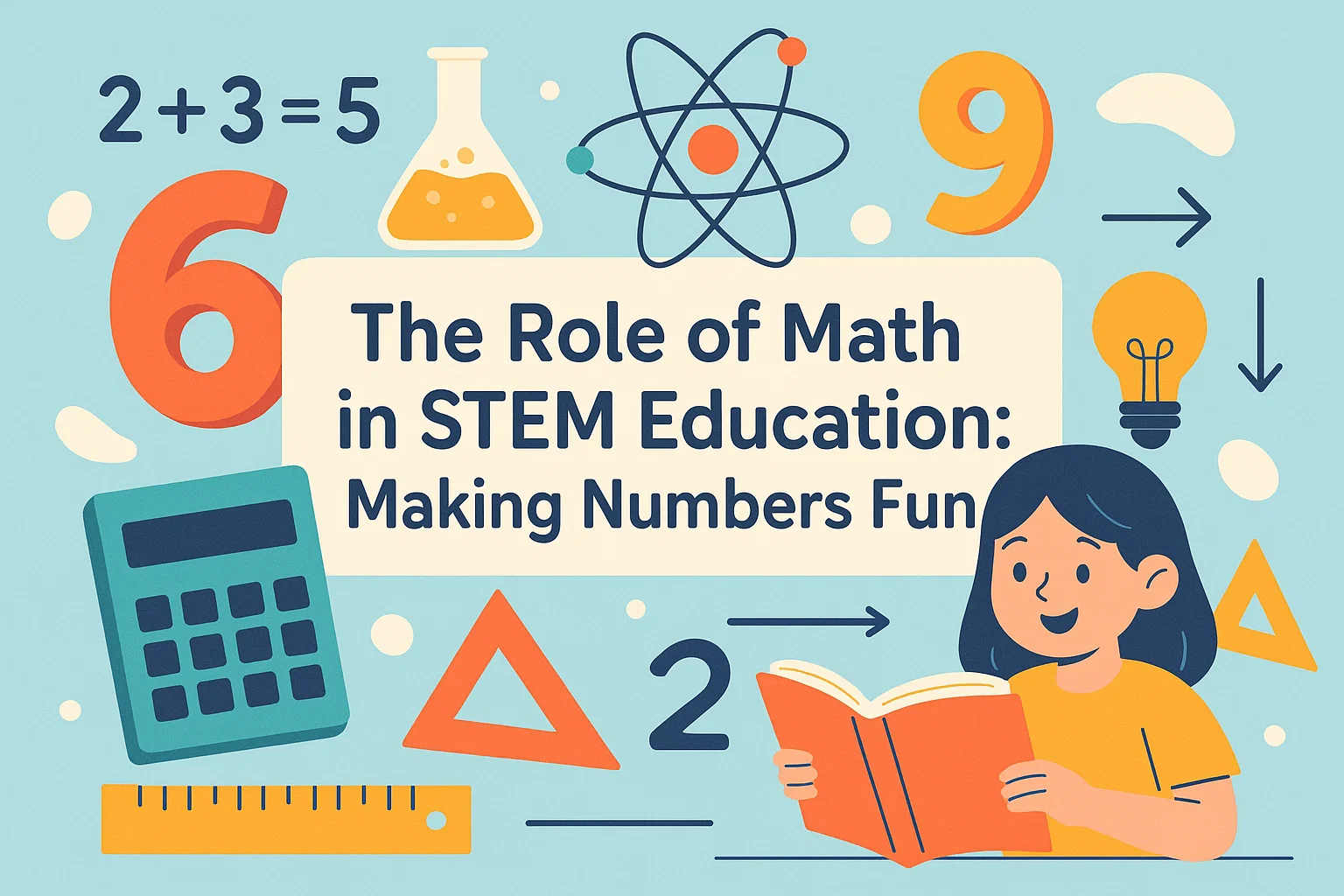1. Introduction: AI as a Force for Good
In recent years, Artificial Intelligence (AI) has emerged from the realm of science fiction into our everyday lives, transforming industries, automating tasks, and revolutionizing how we interact with technology. While discussions around AI often gravitate towards its potential challenges or ethical dilemmas, it’s crucial to recognize its immense potential as a powerful force for good. Far from being a futuristic threat, AI is increasingly acting as a superhero, silently working behind the scenes to address some of humanity’s most pressing challenges.
From accelerating medical breakthroughs and safeguarding our planet’s delicate ecosystems to pushing the boundaries of human exploration into the cosmos, AI is proving to be an invaluable ally. Its ability to process vast amounts of data, identify complex patterns, and make rapid, informed decisions empowers us to tackle problems that were once considered insurmountable. AI’s analytical prowess, coupled with its capacity for continuous learning, offers unprecedented opportunities to improve quality of life, foster sustainability, and expand our understanding of the universe.
This blog post will delve into the inspiring ways AI is making a tangible, positive impact on our world. We will explore specific examples across critical sectors like medicine, environmental protection, and space exploration, showcasing how AI is not just a technological marvel, but a vital partner in building a healthier, more sustainable, and more knowledgeable future for all. Join us as we uncover the heroic contributions of AI and envision a world where intelligent machines work hand-in-hand with human ingenuity to create a better tomorrow.
2. AI in Medicine: Healing and Saving Lives
In the critical field of medicine, where precision, speed, and accurate diagnosis can mean the difference between life and death, Artificial Intelligence is rapidly emerging as a transformative force. AI is not replacing doctors but empowering them with advanced tools to enhance patient care, accelerate research, and streamline healthcare operations. Its impact spans from early disease detection to personalized treatment plans and drug discovery.
Accelerating Diagnosis and Disease Detection
One of AI’s most significant contributions to medicine is its ability to analyze vast amounts of medical data—from imaging scans and pathology slides to patient records and genetic information—with unparalleled speed and accuracy. This capability is revolutionizing diagnosis:
- Radiology and Pathology: AI algorithms, particularly deep learning models, are being trained on millions of medical images (X-rays, MRIs, CT scans, mammograms). They can identify subtle anomalies, such as early signs of cancer, diabetic retinopathy, or neurological disorders, often before they are detectable by the human eye. This early detection can lead to more timely interventions and significantly improve patient outcomes. For instance, AI systems have shown remarkable accuracy in detecting breast cancer from mammograms, sometimes even outperforming human radiologists.
- Predictive Analytics: By analyzing a patient’s medical history, lifestyle, and genetic predispositions, AI can predict the likelihood of developing certain diseases. This allows for proactive preventative measures and personalized screening schedules, moving healthcare from a reactive to a preventive model.
- Electronic Health Records (EHR) Analysis: AI can sift through complex and often unstructured EHR data to identify patterns, flag potential drug interactions, or alert healthcare providers to changes in a patient’s condition that might otherwise be missed.
Revolutionizing Drug Discovery and Development
The process of discovering and developing new drugs is notoriously long, expensive, and fraught with failure. AI is dramatically accelerating this process:
- Target Identification: AI can analyze vast biological datasets to identify potential drug targets—molecules or pathways in the body that are implicated in a disease.
- Molecule Design and Synthesis: AI algorithms can design novel chemical compounds with desired properties, predict their efficacy and toxicity, and even simulate their interactions with biological targets. This significantly reduces the need for costly and time-consuming laboratory experiments.
- Clinical Trial Optimization: AI can help identify suitable candidates for clinical trials, predict patient responses to new therapies, and analyze trial data more efficiently, leading to faster and more successful drug development.
Personalized Medicine and Treatment Plans
AI is enabling a new era of personalized medicine, where treatments are tailored to the individual characteristics of each patient:
- Genomic Medicine: By analyzing a patient’s unique genetic makeup, AI can help identify genetic predispositions to diseases and predict how they might respond to specific drugs. This allows for highly targeted therapies, especially in oncology.
- Treatment Recommendation Systems: AI can synthesize information from a patient’s diagnosis, medical history, genetic profile, and the latest medical research to recommend the most effective treatment strategies, often considering multiple factors simultaneously that would be overwhelming for a human.
- Robotics in Surgery: AI-powered robotic systems assist surgeons with enhanced precision, stability, and control during complex procedures, leading to less invasive surgeries, faster recovery times, and improved outcomes.
AI’s role in medicine is continuously expanding, promising a future where healthcare is more precise, accessible, and effective. By augmenting human expertise with computational power, AI is truly acting as a superhero in the quest for better health and longer lives.
3. AI for Environmental Protection: A Greener Future
As the world grapples with the escalating challenges of climate change, pollution, and biodiversity loss, Artificial Intelligence is emerging as a powerful ally in the fight for a greener, more sustainable future. AI’s capacity to analyze vast environmental datasets, predict complex ecological phenomena, and optimize resource management is proving instrumental in developing innovative solutions for planetary health.
Monitoring and Predicting Environmental Changes
AI’s ability to process and interpret massive streams of data from satellites, sensors, and ground stations is revolutionizing environmental monitoring:
- Climate Modeling and Prediction: AI models are being used to create more accurate and granular climate models, helping scientists understand complex climate patterns, predict extreme weather events, and forecast long-term climate trends. This information is crucial for developing adaptation strategies and informing policy decisions.
- Deforestation and Wildlife Monitoring: AI-powered image recognition analyzes satellite imagery to detect illegal logging, track deforestation rates, and monitor changes in land use. Similarly, AI can process camera trap data to identify and count endangered species, track their movements, and detect poaching activities, providing vital information for conservation efforts.
- Pollution Tracking: AI can analyze data from air and water quality sensors to identify pollution sources, predict pollution hotspots, and monitor the effectiveness of mitigation efforts. This allows for more targeted interventions and better public health protection.
Optimizing Resource Management and Energy Efficiency
AI is playing a key role in making our consumption of natural resources more efficient and sustainable:
- Smart Grids and Renewable Energy: AI optimizes the operation of smart grids by predicting energy demand and supply, integrating renewable energy sources (like solar and wind) more effectively, and minimizing energy waste. AI can forecast renewable energy output based on weather patterns, ensuring a stable and efficient energy supply.
- Waste Management and Recycling: AI-powered sorting systems can identify and separate different types of waste with greater accuracy and speed than human workers, significantly improving recycling rates. AI can also optimize waste collection routes, reducing fuel consumption and emissions.
- Precision Agriculture: AI analyzes data from soil sensors, drones, and weather forecasts to help farmers optimize irrigation, fertilization, and pest control. This leads to reduced water usage, less chemical runoff, and increased crop yields, making agriculture more sustainable.
Disaster Response and Mitigation
In the face of natural disasters, AI can provide critical support:
- Early Warning Systems: AI analyzes seismic data, weather patterns, and satellite imagery to provide earlier and more accurate warnings for earthquakes, tsunamis, floods, and wildfires, allowing for timely evacuations and preparedness.
- Damage Assessment: After a disaster, AI can rapidly analyze drone and satellite imagery to assess damage, identify areas most in need of aid, and optimize the deployment of emergency resources.
By providing unparalleled analytical capabilities and enabling smarter decision-making, AI is empowering us to better understand, protect, and manage our planet’s precious resources. It’s a vital tool in our collective effort to build a sustainable and resilient future for generations to come.
4. AI in Space Exploration: Unveiling the Cosmos
Space exploration, the ultimate frontier of human endeavor, is inherently complex, dangerous, and data-intensive. From navigating distant planets to analyzing cosmic phenomena, the challenges are immense. Artificial Intelligence is proving to be an indispensable partner in this grand quest, extending our reach and enhancing our understanding of the universe in ways previously unimaginable.
Autonomous Navigation and Operations
Sending probes and rovers to distant planets and moons requires a level of autonomy that human control cannot always provide due to vast communication delays. AI enables spacecraft to make real-time decisions and adapt to unforeseen circumstances:
- Mars Rovers: AI algorithms allow rovers like Curiosity and Perseverance to navigate treacherous terrain, identify scientific targets, and even plan their own routes, minimizing human intervention. They can detect hazards, analyze rock formations, and decide where to drill or collect samples, significantly increasing mission efficiency and safety.
- Deep Space Probes: For missions extending billions of miles from Earth, AI helps probes manage their power, maintain trajectory, and even perform self-repairs or reconfigurations in response to unexpected events, ensuring mission longevity.
- Autonomous Docking and Rendezvous: AI is crucial for future missions involving autonomous docking of spacecraft or rendezvous with celestial bodies, critical for building orbital stations or conducting complex sample return missions.
Data Analysis and Scientific Discovery
The sheer volume of data collected by telescopes, satellites, and probes is overwhelming for human analysis. AI excels at sifting through this cosmic deluge to uncover hidden patterns and accelerate scientific discovery:
- Exoplanet Detection: AI algorithms analyze light curves from distant stars, identifying the subtle dips that indicate the transit of an exoplanet. They can distinguish true exoplanet signals from noise or stellar activity, dramatically increasing the rate of exoplanet discovery.
- Cosmological Simulations: AI helps process and interpret data from complex cosmological simulations, allowing scientists to better understand the formation of galaxies, the distribution of dark matter, and the evolution of the universe.
- Anomaly Detection: In vast datasets of astronomical observations, AI can flag unusual signals or phenomena that might indicate new celestial objects, transient events like supernovae, or even potential technosignatures from extraterrestrial civilizations.
- Asteroid and Debris Tracking: AI is used to track thousands of asteroids and space debris, predicting their trajectories and assessing potential collision risks with Earth or orbiting satellites, crucial for planetary defense and space safety.
Mission Planning and Optimization
AI assists in the intricate planning and optimization of space missions, from launch to landing and beyond:
- Launch Window Optimization: AI can calculate optimal launch windows by considering complex variables like orbital mechanics, weather patterns, and payload requirements.
- Resource Allocation: For long-duration missions, AI can optimize the use of limited resources like power, fuel, and communication bandwidth.
- Crew Support: On manned missions, AI systems can monitor astronaut health, manage life support systems, and provide intelligent assistance for complex tasks, enhancing crew safety and efficiency.
By pushing the boundaries of what is computationally possible, AI is enabling humanity to explore further, discover more, and understand the universe with unprecedented depth. It is truly a superhero in the cosmic arena, helping us unveil the secrets of the cosmos.
5. Beyond the Horizon: Other Transformative Impacts
While AI’s contributions to medicine, environmental protection, and space exploration are profound, its heroic influence extends far beyond these critical domains. Artificial Intelligence is subtly, yet powerfully, reshaping numerous other facets of our society, fostering innovation, enhancing accessibility, and improving quality of life in ways that are often less visible but equally impactful.
Revolutionizing Education and Learning
AI is poised to transform education by personalizing learning experiences and making knowledge more accessible:
- Personalized Learning Paths: AI-powered platforms can assess a student’s learning style, pace, and knowledge gaps, then tailor educational content and exercises specifically to their needs. This adaptive learning ensures that each student receives instruction optimized for their individual progress, whether they need extra support or advanced challenges.
- Intelligent Tutoring Systems: AI tutors can provide immediate feedback, answer questions, and guide students through complex topics, acting as a tireless, always-available mentor. They can identify common misconceptions and offer targeted interventions, freeing up human educators to focus on higher-level teaching and mentorship.
- Content Creation and Curation: AI can assist in generating educational materials, summarizing complex texts, and curating relevant resources, making it easier for educators to develop engaging curricula and for students to find information.
- Accessibility: AI-driven tools like real-time translation, speech-to-text, and text-to-speech are breaking down language barriers and making educational content accessible to individuals with disabilities, fostering inclusive learning environments.
Enhancing Accessibility for All
AI is a game-changer for accessibility, empowering individuals with disabilities and improving their independence:
- Assistive Technologies: AI-powered applications can describe visual scenes for the visually impaired, convert sign language to text or speech, and provide real-time captions for the hearing impaired. Smart canes and navigation apps use AI to help visually impaired individuals navigate their surroundings more safely and independently.
- Communication Aids: For individuals with speech impediments or those who are non-verbal, AI-driven communication devices can synthesize speech from text or even predict words based on subtle facial movements, enabling more natural and fluid conversations.
- Smart Homes and Personal Assistants: AI allows individuals with mobility challenges to control their environment (lights, thermostats, doors) and manage daily tasks through voice commands or other accessible interfaces, significantly enhancing their autonomy.
Smart Cities and Infrastructure Management
AI is instrumental in building more efficient, sustainable, and livable urban environments:
- Traffic Management: AI analyzes real-time traffic data from sensors and cameras to optimize traffic light timings, reroute vehicles to alleviate congestion, and predict traffic patterns, leading to smoother commutes and reduced emissions.
- Public Safety: AI-powered surveillance systems can detect unusual activities or potential threats in public spaces, alerting authorities to respond more quickly. Predictive policing models, while controversial, aim to identify areas at higher risk of crime to allocate resources more effectively.
- Waste and Energy Optimization: As mentioned previously, AI optimizes waste collection routes and energy distribution within smart grids, contributing to more sustainable urban operations.
- Infrastructure Monitoring: AI can analyze data from sensors embedded in bridges, roads, and buildings to detect early signs of structural fatigue or damage, enabling proactive maintenance and preventing costly failures.
Disaster Relief and Humanitarian Aid
In times of crisis, AI can provide crucial support for humanitarian efforts:
- Damage Assessment and Resource Allocation: After natural disasters, AI can rapidly analyze satellite imagery and drone footage to assess damage, identify affected areas, and prioritize the delivery of aid and rescue efforts.
- Predictive Logistics: AI optimizes supply chains for humanitarian aid, predicting where and when resources will be most needed, ensuring efficient distribution to affected populations.
- Information Dissemination: AI-powered chatbots and communication platforms can provide vital information to affected communities, answer frequently asked questions, and connect individuals with necessary services, especially when traditional communication channels are disrupted.
These examples merely scratch the surface of AI’s burgeoning positive impact. As AI continues to mature and integrate with other emerging technologies, its role as a societal superhero will only expand, tackling challenges and creating opportunities that we are only just beginning to envision. The key lies in harnessing this power responsibly and ethically to ensure its benefits are shared by all.
6. Conclusion: Embracing AI for a Better Tomorrow
As we conclude our journey through the transformative landscape of Artificial Intelligence, it becomes abundantly clear that AI is not merely a technological advancement; it is a powerful catalyst for positive change across our world. From the intricate complexities of medical diagnosis and drug discovery to the vast challenges of environmental conservation and the boundless frontiers of space exploration, AI is proving to be an indispensable partner in humanity’s quest for progress.
We’ve seen how AI acts as a tireless assistant in healthcare, enabling earlier detection of diseases, personalizing treatments, and accelerating the development of life-saving therapies. In the realm of environmental protection, AI stands as a vigilant guardian, monitoring climate change, optimizing resource usage, and aiding in disaster response. And in the cosmic ballet of space exploration, AI empowers our rovers, analyzes astronomical data, and helps us unveil the universe’s deepest secrets.
Beyond these highlighted areas, AI’s benevolent influence extends into education, making learning more personalized and accessible; into accessibility, empowering individuals with disabilities; and into the very fabric of our cities, making them smarter and more sustainable. The common thread weaving through all these applications is AI’s unparalleled ability to process, analyze, and learn from data at scales and speeds far beyond human capacity, thereby augmenting our intelligence and amplifying our efforts.
While the ethical considerations and responsible development of AI remain paramount, the overwhelming evidence points to its potential as a profound force for good. By embracing AI as a tool, a collaborator, and indeed, a superhero, we can collectively address the grand challenges of our time, foster innovation, and build a future that is healthier, more equitable, more sustainable, and more enlightened for all. The story of AI’s positive impact is still being written, and with each passing day, it adds new chapters of hope and progress to the human narrative.











